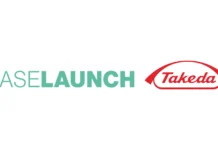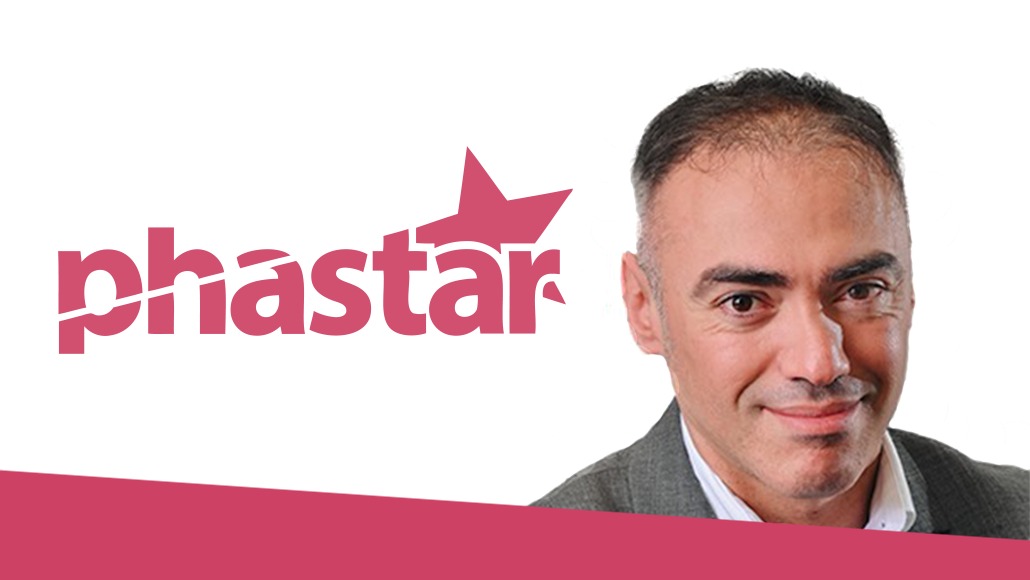You’ve had a diverse career across biotech, pharma, consulting, and public health. What experiences have shaped your approach to data science and strategic consulting?
I believe my training as a mathematical modeler, statistician and data scientist has given me a broad perspective. Throughout my career I have always been keen to keep learning how to maximize the impact of data and predictive analytics on public health and business decisions. Starting out in industry and health agencies allowed me to understand the constraints and perspectives of both stakeholders. As a consultant, I have been partnering with and working for many public health and industry leaders for many years. This allows me to use all the knowledge I have gained to shape solutions to high-stake questions using fit for purpose advanced modeling and decision analytics.
What’s an example from your career where advanced statistical methods made a tangible difference in a healthcare or regulatory outcome?
There are many examples I could cite, however, one which particularly stands out was combining real-world data with Phase III trial data to predict long term benefit and risk outcomes. This enabled market authorization in the EU for an early prostate cancer drug. Another example was the use of Bayesian adaptive design, combined with model-based meta-analysis, to test and transform prevention strategies for mother-to-child transmission of HIV. This resulted in the eradication of mother-to-child transmission in large regions such as in South East Asia.
What attracted you most to Phastar, and what differentiates its approach to biometrics and data science in your view?
I have been impressed by the depth and breadth of Phastar’s experience and capabilities in statistical programming and modeling. Combined with strategic consulting, Phastar is a powerful partner to truly scale the impact of data science on public health, accelerating patients access to the right drug at the right time for them.
As a specialist data-focused CRO its strength lies in supporting clients across the entire development lifecycle – from early study design through to regulatory submission and post-marketing evidence – ensuring continuity, scientific integrity, and strategic alignment at every stage.
What are your aims as the new Head of Strategic Consulting?
Phastar is rooted in methodological excellence, helping clients navigate complex data challenges with confidence, reducing risk, and unlocking deeper insights from data. My goal is to bring an ecosystem-wide perspective to help the team unlock even greater value. By applying high-quality, innovative and insight-driven methodologies we can ensure our clients gain a true strategic advantage.
How do you anticipate regulatory expectations evolving considering the increasing use of Bayesian statistics, RWE, and AI-driven analytics?
We are increasingly seeing regulatory agencies specify the context of use for novel approach methodologies such as Bayesian statistics. I believe this acceleration is set to continue. Better access to fit-for-purpose data, via platforms like the European Health Data Space, will combine with improved methodological guidance and more precedents to rely upon.
The role of public-private partnerships or consortia, such as those coordinated by the Critical Path Institute, will also be increasingly catalyzing the uptake of such methodologies.
How do you define the role of strategic consulting in accelerating development or improving outcomes for clients?
Strategic consulting is about engaging directly with drug or vaccines developers and prescribers, understanding their challenges and creating solutions. In my role, I first characterize the strategic decision problems of these stakeholders and the create data and decision analytics solutions which account for regulatory, ethical and practical constraints.
How do you see the balance between traditional clinical trial data and real-world data shifting over the next five years?
We should not see real-world data (RWD) as an alternative to clinical trial data. Instead, we should view it as an incredibly useful addition which can be used to complement or augment traditional data sources. RWD typically carries complementary information on e.g. disease epidemiology, standard of care, drug use and long-term outcomes, which are crucial yet still underused information to design clinical trials.
With the rise of data platforms and regulatory frameworks to use them, the evidence generation required to bring drugs to market will use more RWD, in a more integrated and proactive way, and much earlier than we are seeing today. RWD will increasingly help us design more robust trials with more adequate endpoints, populations closer to real patients and comparators reflecting better the standard of care. Combined with AI and mechanistic models, RWD will be a powerful source of evidence to characterize or anticipate relative treatment effect at early development stages, also enabling faster drug repurposing or repositioning.
What innovations do you think are underutilized in drug development today?
Models characterizing and predicting disease progression and care pathways at patient level have been used extensively at launch or post marketing stages. However, those disease and care models could be used more often and more effectively to optimize trial design early and project long term benefits, risks or efficacy to effectiveness in regulatory contexts. Note that the C-Path Institute plays an instrumental role in making it happen.




















